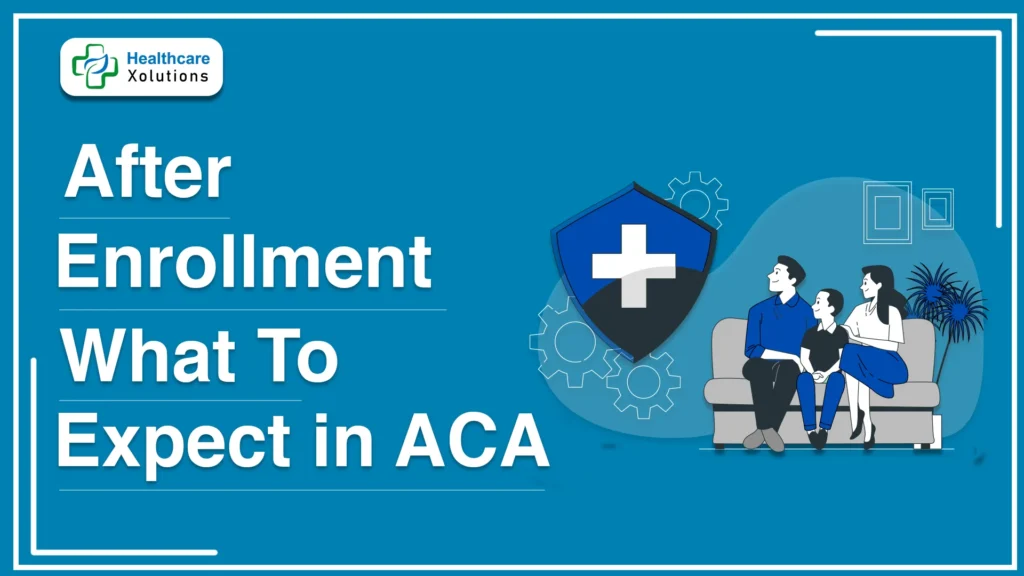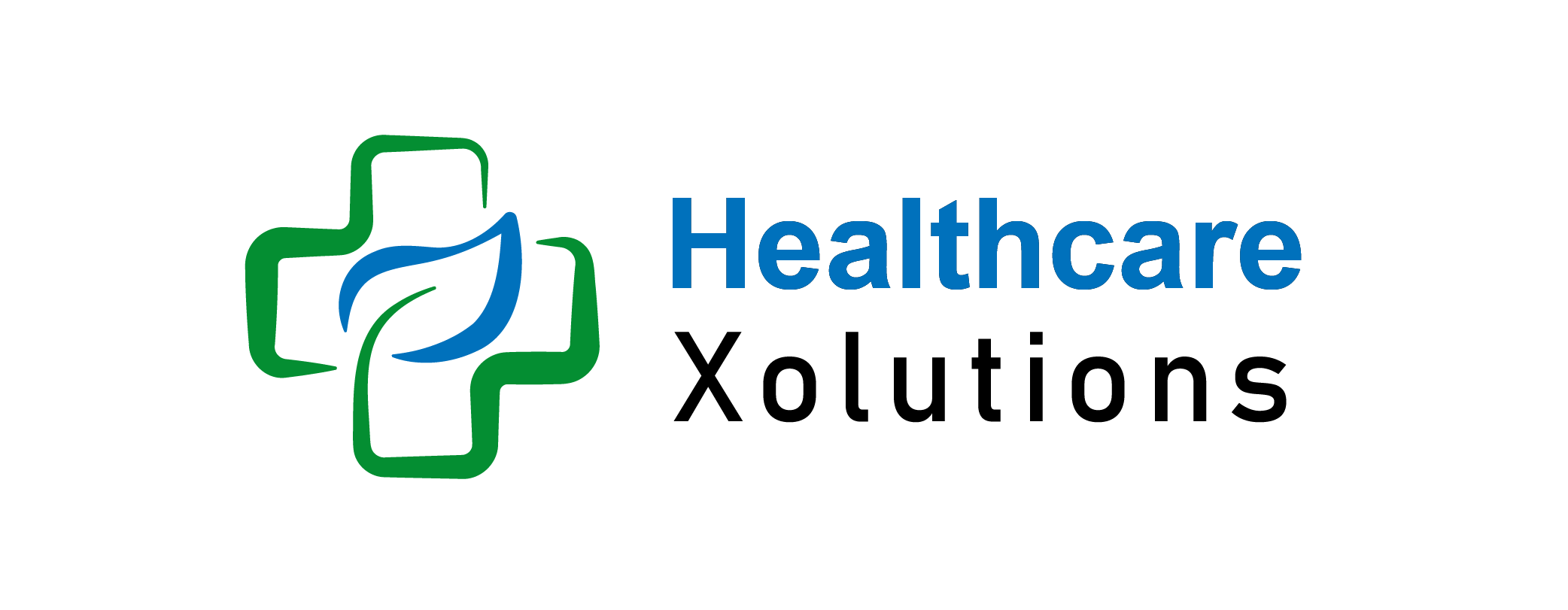What To Expect In ACA After Enrollment?

Enrolling in a health insurance plan through the Affordable Care Act (ACA) marketplace is critical in securing access to affordable healthcare. After completing the enrollment process, it’s essential to understand what happens next, including how to use your benefits, what documents to expect, and what responsibilities you have as a policyholder.
This article will walk you through the key steps and what to expect after enrollment in ACA health coverage.
Key Takeaways:
- Expect a confirmation of enrollment and review it for accuracy after signing up for an ACA plan.
- You will receive an insurance card and welcome packet from your insurer detailing your benefits and coverage.
- Pay your first premium on time to activate your coverage and avoid delays in care access.
- Understand your plan’s network, deductible, co-pays, and preventive services to maximize the benefits of your coverage.
- Report any income, household size, or employment changes to the marketplace to ensure your coverage remains accurate and affordable.
Table of Contents
What To Expect After Enrollment In ACA? Ultimate Guide
1. Confirmation of Enrollment:
After you successfully enroll in an ACA plan, the first thing to expect is a confirmation of your enrollment. This confirmation typically arrives via email if you enrolled online through the federal marketplace (Healthcare.gov) or a state exchange. The confirmation email or letter will outline the plan details, including the coverage start date and premium amounts.
- When to Expect It: You should receive this within a few hours to a few days after enrollment.
- Check for Accuracy: Review the information carefully to ensure that all details, such as your name, plan type, and premium amount, are correct. If there’s an error, contact your insurer or the marketplace immediately.
2. Insurance Card and Welcome Packet:
Once your enrollment is confirmed, you will receive a welcome packet from your insurance provider. This typically includes your insurance card, which is necessary for accessing healthcare services, and detailed information about your health plan.
- Insurance Card: Expect to receive your insurance card by mail within 10 to 14 business days of enrollment. If you need healthcare services before the card arrives, you can often print a temporary card or use your member ID from your confirmation email.
- Welcome Packet: The welcome packet will include important documents like your plan’s summary of benefits and coverage (SBC), which outlines the services covered under your plan, your deductible, and out-of-pocket limits.
3. Paying Your First Premium:
To activate your coverage, you’ll need to pay your first premium. This is a critical step because your coverage won’t begin until the payment is processed by your insurer. You should receive a bill from your insurance company shortly after enrollment, or you may be able to pay online through your insurance provider’s website.
- Payment Due Date: Most insurance companies require the first premium to be paid by the first day of your coverage month. Make sure you check your insurer’s billing statement for the exact due date to avoid a delay in your coverage.
- Payment Methods: Typically, you can pay via credit card, debit card, bank transfer, or check. If you don’t receive a bill within a week or two, contact your insurer to avoid missing the payment deadline.
4. Understanding Your Coverage:
After enrollment, it’s important to understand how your ACA plan works, including your deductible, co-pays, and out-of-pocket maximums. Knowing these details will help you manage your healthcare expenses and use your coverage effectively.
- In-Network vs. Out-of-Network Providers: Your plan likely has a network of doctors, hospitals, and pharmacies. It’s more cost-effective to use in-network providers since out-of-network care may come with higher costs or not be covered at all. Make sure you know which providers are in-network by checking with your insurer or using their online tools.
- Deductible and Co-pays: Most ACA plans require you to pay a deductible before your coverage kicks in for certain services. Additionally, co-pays (flat fees for specific services, like doctor visits) and coinsurance (a percentage of the cost of services) may apply, depending on your plan. Familiarize yourself with these costs to avoid surprises when you seek medical care.
- Preventive Services: One of the benefits of ACA plans is that they cover many preventive services, such as vaccines, cancer screenings, and annual physicals, at no extra cost. Be sure to take advantage of these services as they can help you maintain your health and catch potential issues early.
5. Reporting Changes to the Marketplace:
Your ACA plan is based on your income and household size at the time of enrollment. However, life changes—such as getting married, having a baby, changing jobs, or moving—can affect your eligibility for subsidies or your coverage itself. It’s important to report these changes to the marketplace as soon as possible to ensure that your coverage remains accurate and affordable.
- Income Changes: If your income changes significantly, it could affect the amount of premium tax credit you receive. Reporting the change ensures you’re not over- or under-subsidized, which could impact your tax return.
- Household Size: Adding or losing household members (e.g., through marriage, birth, or adoption) could impact your coverage needs and eligibility for subsidies. Reporting these changes allows the marketplace to adjust your coverage accordingly.
6. Using Your Coverage:
Now that you have health insurance through the ACA, it’s time to start using your coverage to access healthcare services. Your plan will likely cover a range of essential health benefits, from doctor visits to prescription drugs and mental health services. Here are a few tips to make the most of your plan:
- Choose a Primary Care Provider: Many plans require you to choose a primary care provider (PCP), who will be your first point of contact for most healthcare services. You can find a PCP through your insurer’s website or by contacting customer service.
- Know Your Benefits: Review your plan’s summary of benefits to understand what’s covered, what services require pre-authorization, and how to minimize out-of-pocket costs.
- Track Your Healthcare Expenses: Keep track of your healthcare spending throughout the year to monitor your progress toward meeting your deductible and out-of-pocket maximum. This will help you plan for major healthcare expenses and avoid unexpected costs.
Conclusion – What To Expect After Enrollment In ACA:
Enrolling in an ACA plan is just the first step toward accessing affordable healthcare. After enrollment, it’s crucial to stay informed about your coverage, pay your premiums on time, and report any life changes to the marketplace. By understanding how to use your benefits effectively, staying within your plan’s network, and taking advantage of preventive care, you can ensure that your health insurance works for you when you need it most. Remember, health insurance is a valuable tool for protecting your physical and financial well-being, so make the most of it by staying engaged with your coverage throughout the year.
